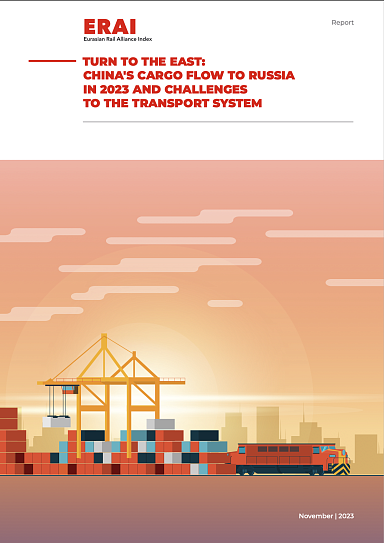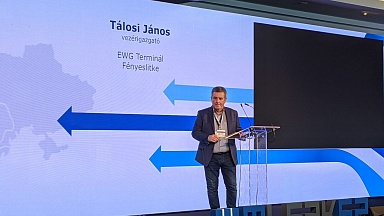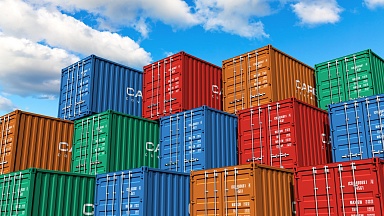The main trends in mutual trade between Russia and China over the past five years are associated with a decrease in trade volumes during the 2020 pandemic, systematic recovery in 2021 and rapid growth in 2022. In 2021, trade between China and Russia was $145 billion, up 35.8% from 2020. By the end of 2022, China had become Russia’s leading trading partner, with trade turnover rising to $190.27 billion, an increase of 29.5% compared to 2021. At the same time, Chinese exports of goods to Russia in 2022 increased by 12.8%, to $76.1 billion, and imports by 43.4%, to $114.1 billion. This was the largest increase among China’s major trading partners.
According to data from the General Administration of Customs of the People’s Republic of China for the first nine months of 2023, the growth trend has continued; trade turnover between Russia and China increased by 29.5%, or by $40 billion, reaching $176.4 billion. Russia’s position as China’s trading partner has also strengthened, although its share in China’s trade turnover is still small, at about 4%.
According to the customs service, in the first nine months of 2023, China’s exports to Russia increased by 56.9% compared to the same period in 2022, reaching $81.4 billion. At the same time, Chinese imports of Russian goods grew less intensively, increasing by 12.7% to $94.9 billion. Given this trend, the goal of achieving $200 billion in trade turnover by 2024, set by the leaders of China and Russia, is highly likely to be achieved ahead of schedule. At the same time, the structure of China’s supplies to Russia maintains a high degree of diversification and added value — about 60% of the total volume is accounted for by various types of equipment, cars and their components, as well as household appliances and electronics. For all these categories, a significant increase is observed in 2023: exports of equipment increased 61%, there was a 4.5-fold increase in Chinese car exports, and the value of Chinese equipment and electronics exported to Russia rose 31%. Also, among the main imported Chinese goods, supplies of rubber increased significantly (by 64%), as well as optics (62%) and hardware (52%).
Turn to the East has led to an increase in rail freight traffic with China. According to JSC Russian Railways, in 2022 more than 120 million tons of cargo were transported between China and Russia, and in the first nine months of 2023, more than 128 million tons were sent, which is 52% more than during the same period of 2022. Considering the strengthening of economic ties between Russia and China, one of the most urgent tasks facing the two countries is the development of cross-border routes, and transport projects are currently being developed to create new railway checkpoints on Russia’s border with China.
Turn to the East brings both new opportunities and challenges, particularly in terms of logistics and transport infrastructure.




